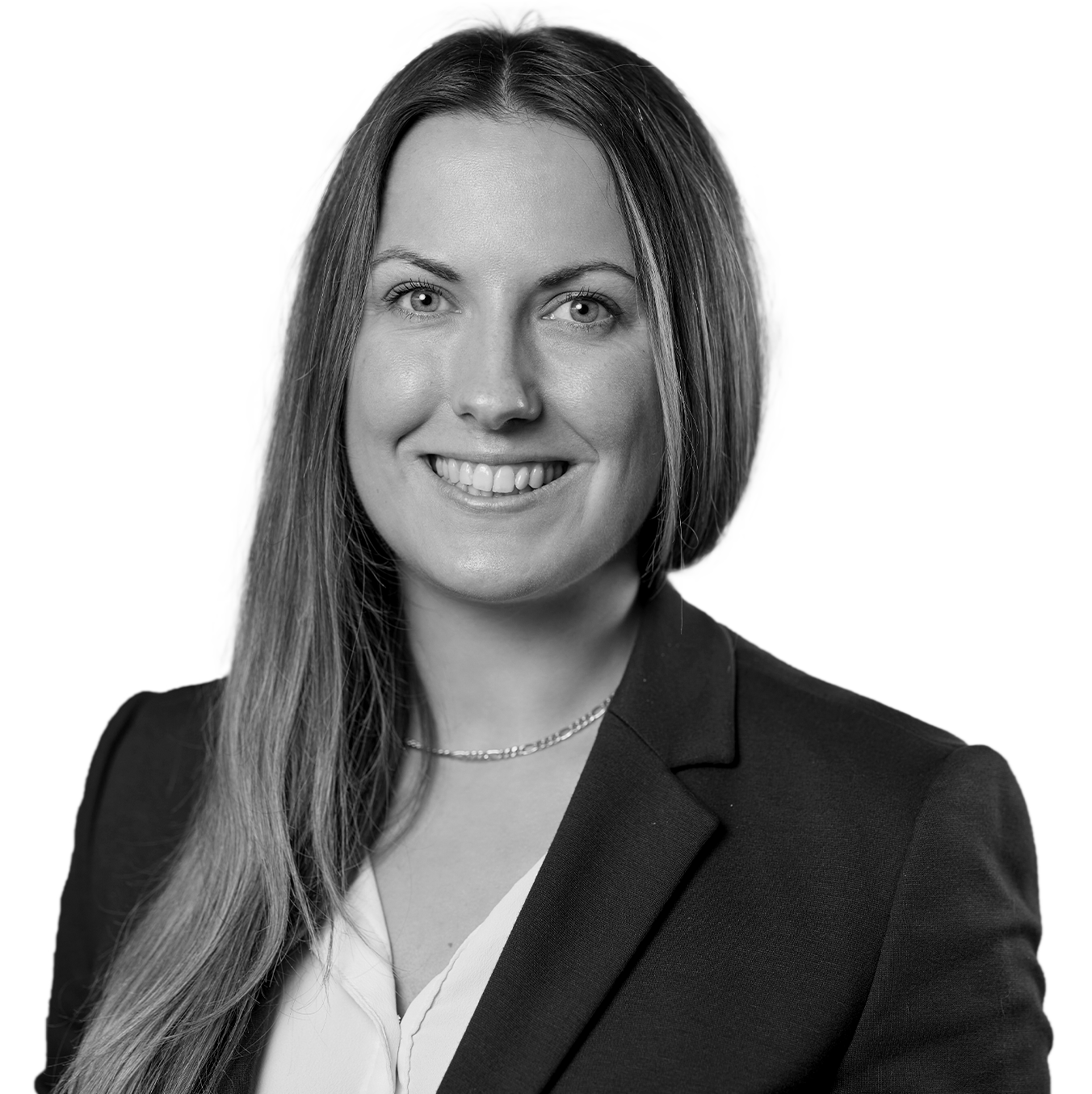Connected Smart Factory at ZEISS – IT/OT bridge for seamless data exchange
Orchestra links shop-floor equipment and IT systems, shortens ROI, boosts process efficiency and lowers scrap rates.

“On the fly”, “quick solution”, “shortcut”; requests received by an IT department in the company often start like this or similar. Such ad hoc projects have little to do with integration or approaches that can be used for multiple applications, and in corporate structures this short-sighted approach is completely counterproductive. At ZEISS, the leading technology company in the optics and optoelectronics industry, the Connected Smart Factory is responsible for unifying IT processes and establishing standards across all business areas. With the Orchestra integration platform, a complete integration layer has been introduced that captures the immense heterogeneity of the data and transfers it to the higher-level architecture of ERP and MES as required.
The challenge: Non-uniform data architecture – all available process data must be brought to a similar digital level
The entire IT infrastructure consists of the subsystems development, production and quality with their very own characteristics. At all levels, there is a need for practical structures that can be transferred to as many other parts of the company as possible with minimal effort. The considerations already start with the terminology: Do the terms really refer to the same things and which expressions should be binding? Only with a uniform language regime can the full potential of the accruing data – the “new gold” – be fully leveraged.
Connected Smart Factory is the area in Group IT that has to lay the foundations, knowing and taking into account the various requirements. If, for example, it is relevant for assembly whether protective regulations are complied with, process monitoring needs alarm data for troubleshooting. Certain industries, such as medical technology, require decades of tracking of all manufacturing data.
Another major challenge is the heterogeneity of the connected production equipment. A uniform architecture must map an older manual screwdriver as well as a modern machining center with OPC UA interface. In general, the interfaces are a fundamental issue, because neither do you want to make yourself dependent on a single manufacturer, a situation that is out of the question simply because of the size of the company, nor is an entirely in-house development necessarily the most efficient solution.
The direct connection between sensors and the ERP system, which is now outdated, halts the entire process in the event of a malfunction. For these cases, too, an intermediate level that quasi buffers data as in an archiving database is desirable and resolves the disruptive correlation.
I no longer want to miss working with soffico, not least because decisions are always made here in the interests of the customer with a view to the best possible utilization of existing partial solutions.
The solution: Orchestra as operator of all source and target systems
Orchestra offers the necessary multifunctionality to represent such a large project – such as the complete integration level at ZEISS. An MES provider integrated into the corporate group already had similar experience with Orchestra and could recommend this approach with a clear conscience. The comprehensive architecture eliminates obsolete dependencies and redundant substructures. In the first step, a detailed mapping of all machines is created in a company-wide standardized document. Orchestra reads all the information from this via the Manufacturing Service BUS, as it is called at ZEISS, and then stores it according to the specifications of the target platform. Corresponding scenarios are modeled for this purpose. The actual analysis then takes place in the department itself – with the structured data from Orchestra.
Strategic planning is essential before implementation. For this purpose, the Connected Smart Factory works with templates that have been developed from requirements in pilot projects. For further applications, a comparison is always made as to whether the task can be solved with existing templates or whether further development is initiated. And if a new development is required, soffico has the necessary resources with a combination of software and service to provide customers with tailored support.
Orchestra acts as a hub for all data from the development, production and quality subsystems. This means that the information is available for all conceivable purposes, whether directly for process optimization in production or for considerations such as material behavior over a longer period of time or across several applications. The added value from the structured database therefore goes far beyond the acute production processes. With the new gold, many correlations become clear that may not even be apparent from the individual manufacturing perspective. Today, the new gold makes it possible to identify many more interrelationships. And when information is transparent, it is also capable of forecasting and becomes an important strategic tool.
The result: Shorter ROI,
more efficient processes, less waste
Simply by looking closely, i.e. analyzing data, in combination with a good data structure, ZEISS has succeeded in improving processes and reducing scrap. This simultaneously shortens the ROI. Good planning of the IT infrastructure played a special role in the success of the project: “Anyone who takes a strategic approach has a clear advantage here,” says Rica Holzmann, Team Leader International Partner Management & Sales at soffico, attesting to the particularly clever approach of the ZEISS implementation team. The strategic approach also helps to remain level-headed and “not to want to do everything at once”.
We have to understand the processes in advance, then implement them with pilots, and above all, let the architecture do its work during ongoing implementations. This is how we create maximum value in all system levels.
With Orchestra you build
your own Industrial Suite.
Orchestra offers IoT solutions for the Smart Factory, enabling production enhancements and improved monitoring capabilities in Industry 4.0. The result: higher production efficiency and reduced downtime – and this can also be achieved in your company! Take the next step towards digitization. Your software provider and partner soffico is always by your side.
Rica Holzmann
